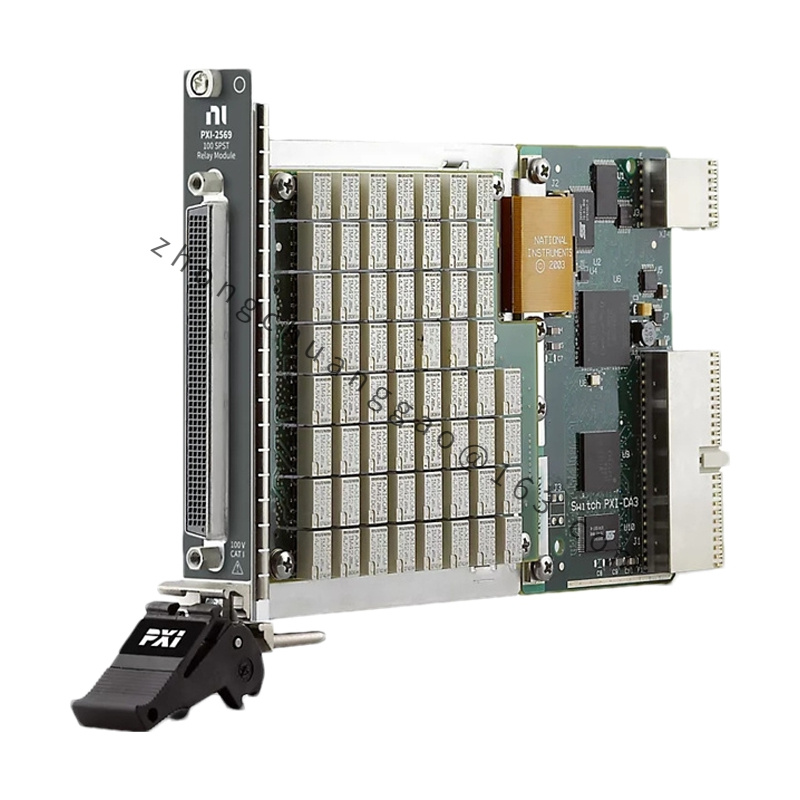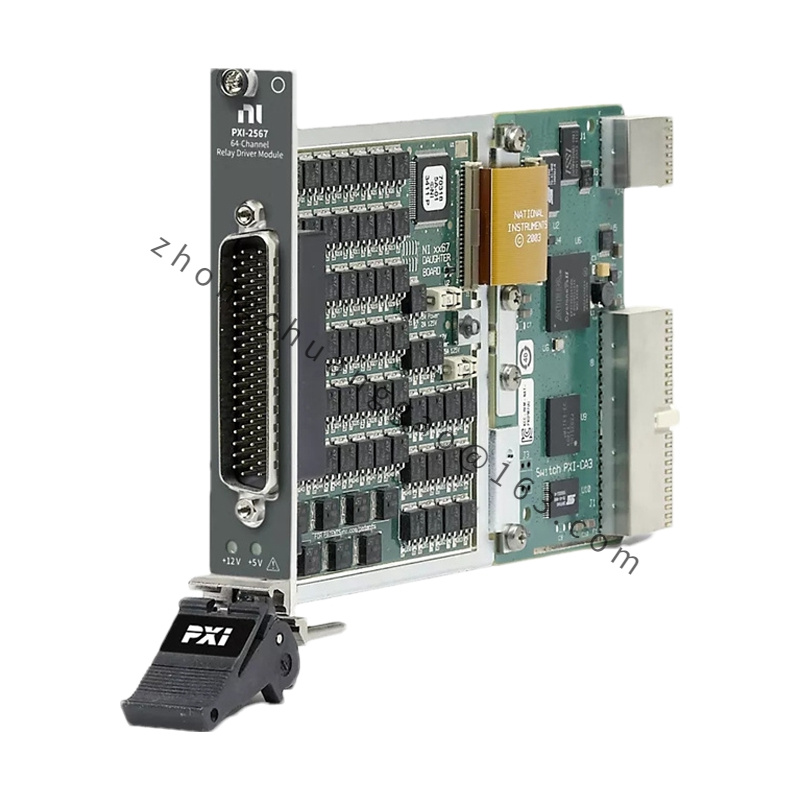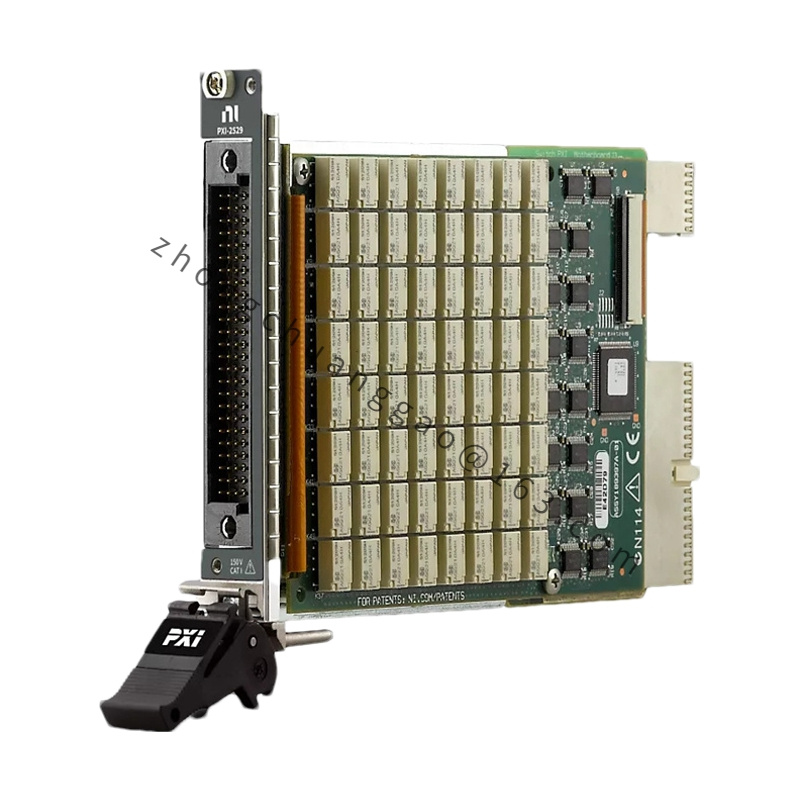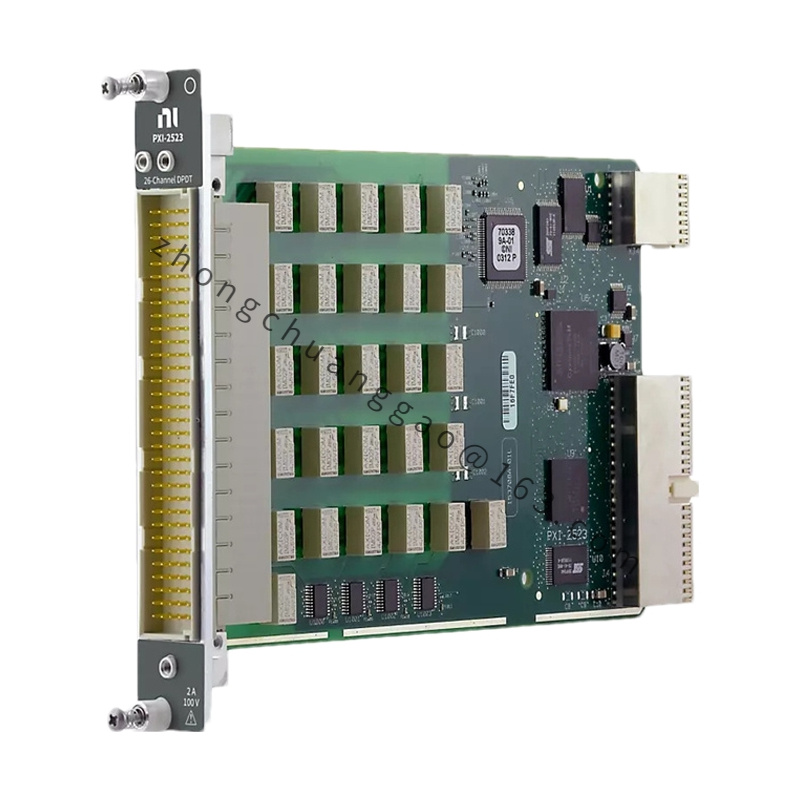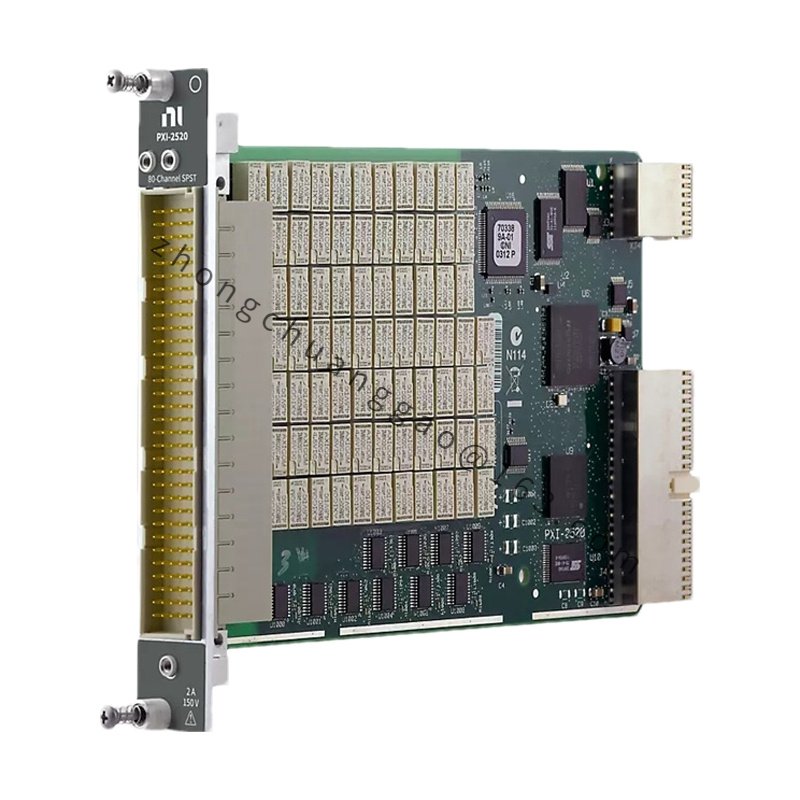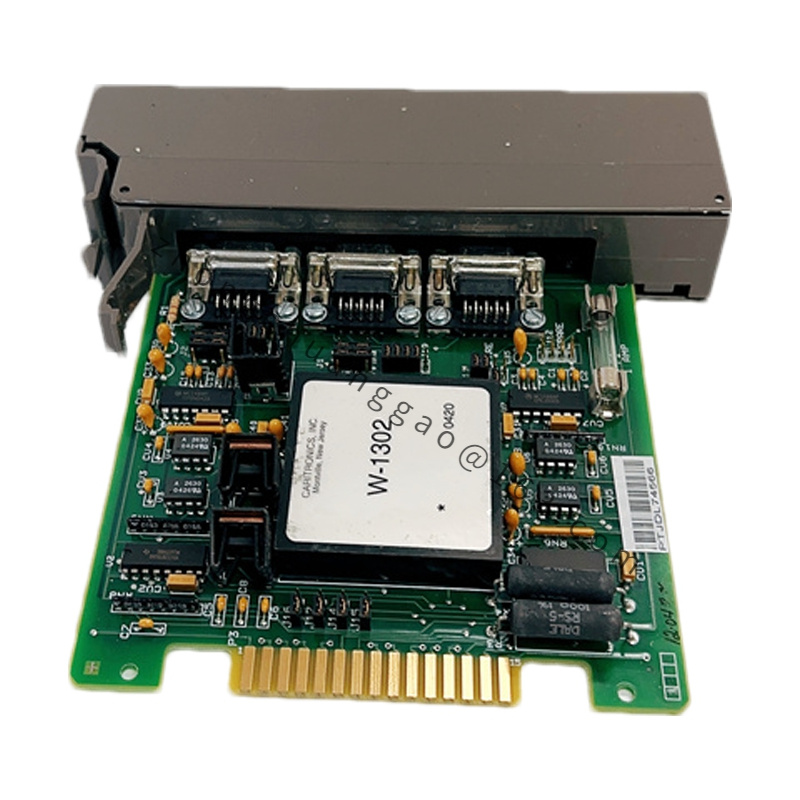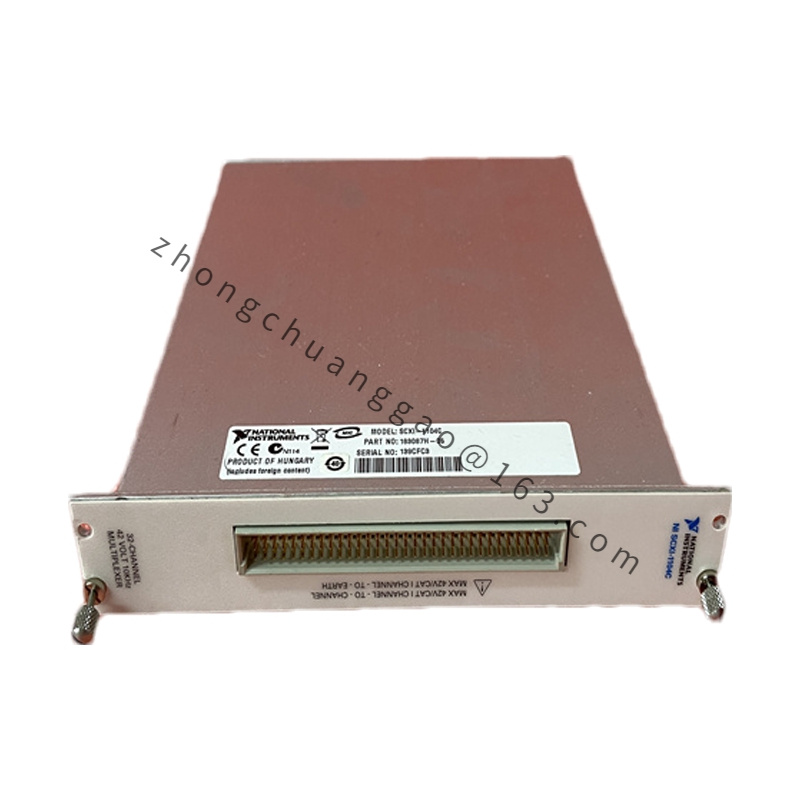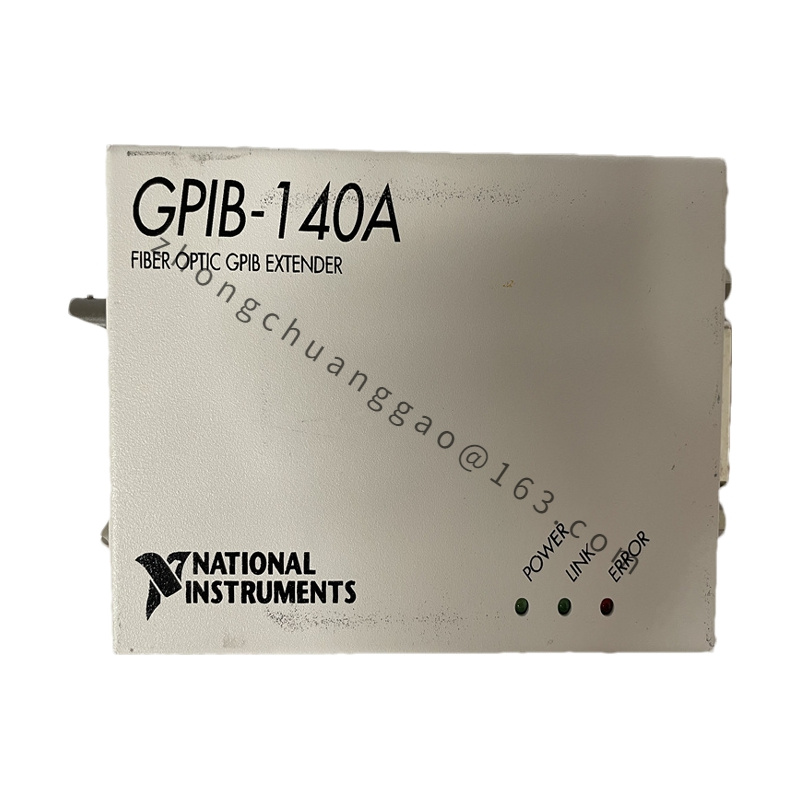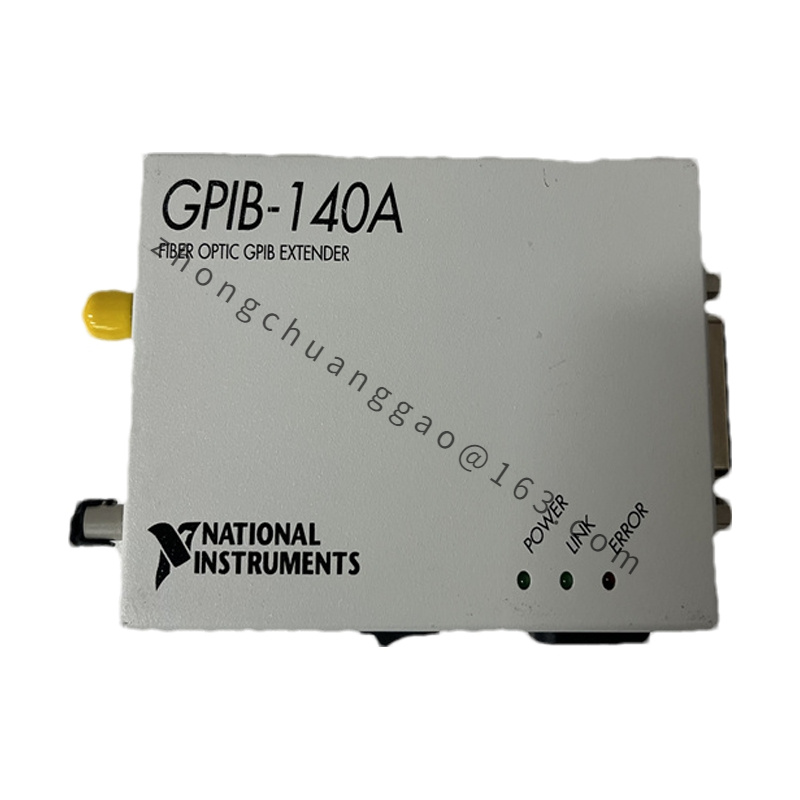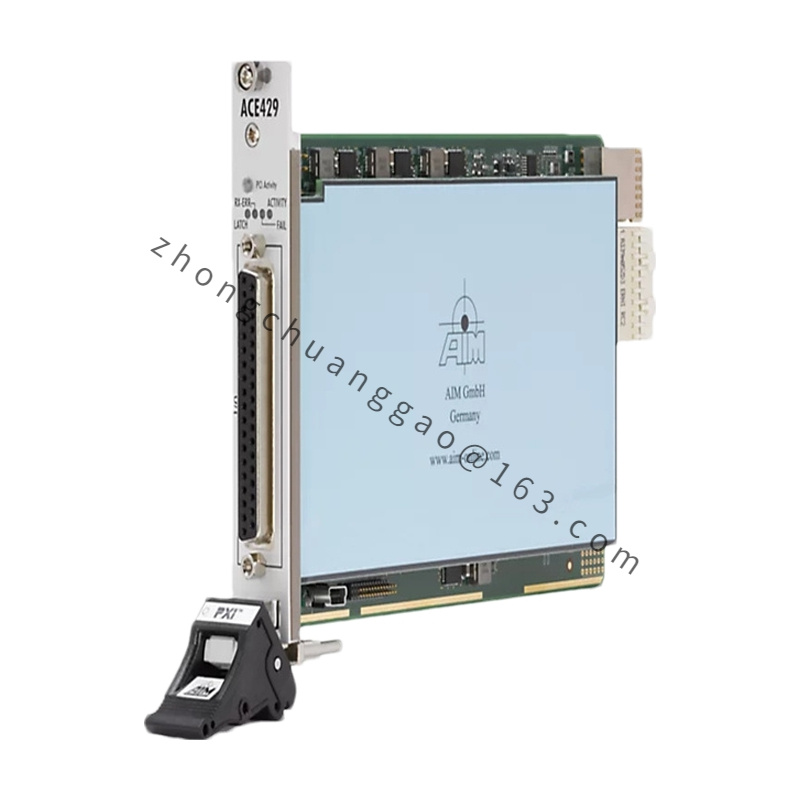Detailed content
Technical Specifications
- Interface Standard:
- GPIB Standard: IEEE 488.2
- Connector:
- Type: 24-pin female GPIB connector (also known as a GPIB/IEEE 488 connector)
- Communication:
- GPIB Controller: Integrated GPIB controller for communication with GPIB-compatible instruments
- Data Transfer Rate: Supports standard GPIB data transfer rates up to 1 MB/s
- Software Support:
- Drivers: NI-488.2 driver software, compatible with Windows operating systems
- Development Environments: Supported by NI LabVIEW, LabWindows/CVI, and other National Instruments development environments
- Compatibility:
- PXI Compliance: Fits into standard PXI slots
- GPIB Compatibility: Compatible with IEEE 488.1 and IEEE 488.2 standards
- Power Requirements:
- Power Supply: Supplied through the PXI chassis
- Power Consumption: Typically low power consumption, relying on the PXI chassis power supply
- Physical Dimensions:
- Form Factor: 3U PXI module
- Dimensions: Approximately 128.4 mm x 40.6 mm x 160.0 mm (W x H x D)
- Temperature Range:
- Operating Temperature: 0°C to 55°C
- Storage Temperature: -20°C to 70°C
Key Features
- GPIB Interface: Provides a GPIB interface for communication with a wide range of instruments, such as oscilloscopes, multimeters, and signal generators.
- High Data Transfer Rate: Supports fast data transfer rates up to 1 MB/s, which is adequate for many measurement and automation tasks.
- Ease of Integration: Easily integrates into PXI systems, allowing for efficient expansion of measurement and control capabilities.
- Software Compatibility: Works seamlessly with National Instruments’ software environments, making it easy to incorporate GPIB communication into automated test systems.
- Robust Design: Built to meet PXI standards, ensuring reliability and durability in a variety of test and measurement setups.
Applications
- Automated Test Systems: Ideal for incorporating GPIB-compatible instruments into automated test systems where PXI-based solutions are used.
- Instrumentation Control: Facilitates control and communication with legacy GPIB instruments in research, development, and production environments.
- Data Acquisition: Useful for acquiring data from GPIB-based measurement devices, allowing for data logging and analysis in various scientific and engineering applications.
- System Integration: Enables the integration of GPIB instruments with modern PXI systems, bridging the gap between older and newer technology.


